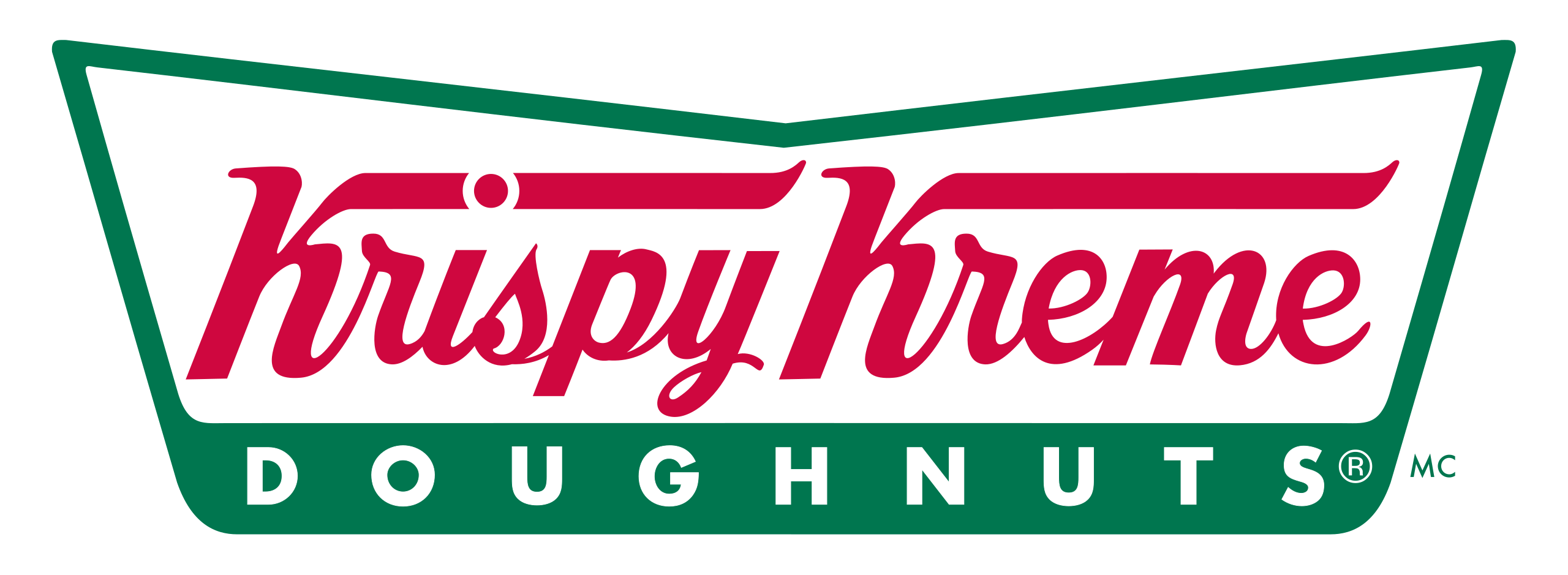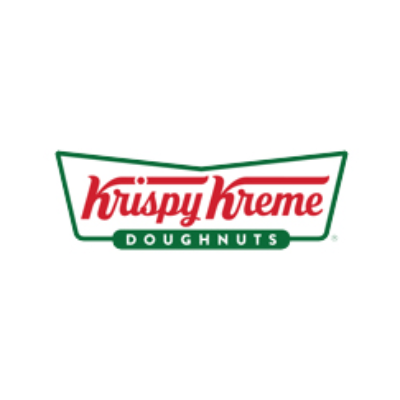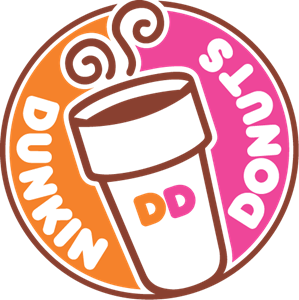Krispy Kreme vs. Dunkin’ Donuts: What You Need to Know!
Krispy Kreme or Dunkin’? Dive into their histories, financials, and profitability to discover which iconic donut chain reigns supreme. A detailed look for aspiring franchisees and donut lovers alike!

Table of Contents:
Krispy Kreme vs Dunkin – Dunkin’ Donuts: A Legacy of Deliciousness
Krispy Kreme vs Dunkin – Krispy Kreme: A Journey of Sweet Success
Who is More Profitable: Krispy Kreme or Dunkin’ Donuts?
Market Size: Dunkin’ Donuts vs. Krispy Kreme
Which Company Sells the Most Donuts?
Why Are Krispy Kreme Donuts Better Than Dunkin’?
Disadvantages of Owning a Krispy Kreme Franchise
How is Krispy Kreme Doing Financially?
Krispy Kreme vs Dunkin! In the realm of epicurean delights, Krispy Kreme and Dunkin’ Donuts emerge as veritable stalwarts within the pantheon of iconic donut chains. These venerated establishments have, over the course of decades, captivated the palates of patrons with their exquisite confections, each weaving a narrative as distinct and flavorful as the pastries they proffer. Let us now embark on a nuanced exploration, plumbing the depths of these donut dynasties with an eye toward discerning the intricacies that set them apart. From Krispy Kreme’s iconic glazed doughnuts to Dunkin’s versatile breakfast sandwiches, both brands offer a spectrum of good donuts that cater to diverse tastes and preferences. With each new flavor introduced, they continue to innovate and delight their loyal followers.
Krispy Kreme vs Dunkin – Dunkin’ Donuts: A Legacy of Deliciousness

Having germinated as ‘Open Kettle’ in 1948, Dunkin’ Donuts ascended to the echelons of culinary legendry with a provenance deeply entrenched in the hallowed grounds of Massachusetts. Here, a veritable cult of simplicity and superlative quality has been meticulously cultivated, a tradition wherein employees often find themselves ensconced in the ritual of savoring their ambrosial donuts complemented by the signature elixir of Dunkin’s coffee. In a narrative trajectory replete with evolutions, the brand’s expansive foray into Baskin-Robbins franchises has burgeoned its annual revenue to a staggering $8 billion. Noteworthy is the strategic pivot of 2003, when Dunkin’ Donuts recalibrated its focal axis toward the very donuts that would come to distinguish it, positioning itself as a formidable contender in the realm of coffee stores, eclipsing even the venerable Starbucks.
Krispy Kreme vs Dunkin – Krispy Kreme: A Journey of Sweet Success

The year was 1933 when Vernon Rudolph, a visionary entrepreneur, serendipitously acquired a closely guarded yeast-raised donut recipe from a perspicacious French culinary virtuoso during his sojourn in the fabled alleys of New Orleans. At the time, Rudolph’s labor was entwined with his uncle’s enterprise in Paducah, Kentucky, where donuts played but a supporting role in the gastronomic repertoire. The crucible of the Great Depression, however, summoned Rudolph and his uncle to the fertile soils of Nashville, Tennessee, where they staked their hopes on the delectable promise of their newfound pastries. The year 1934 marked the commencement of their ascent. Galvanized by this early triumph, Rudolph would, in an audacious solo venture, bequeath to the world “Krispy Kreme Doughnuts” on July 13, 1937, in Winston-Salem, North Carolina, thus scribing an indelible chapter in the annals of culinary history.
Who is More Profitable: Krispy Kreme or Dunkin’ Donuts?
In this discerning dissection of fiscal metrics, let us now scrutinize the pecuniary particulars and juxtapose the profit trajectories of these bastions of baked indulgence. The initial fiscal outlay for a Krispy Kreme franchise spans a range from $623,000 to $4.33 million, accompanied by a franchise fee of $18,750. In contradistinction, Dunkin’ Donuts presents a slightly loftier franchise fee at $50,000, albeit offset by a more moderate overall investment spectrum, oscillating between $121,000 and $1.81 million. It bears noting, however, that Dunkin’ Donuts entails a marginally more exigent regime of ongoing fees, encompassing a 5.9% royalty fee and a 2-6% ad royalty fee, compared to Krispy Kreme’s more tempered 4.5% royalty fee and 1.5% ad royalty fee.
In summation, should one’s predilections incline towards a modicum of entrepreneurial latitude, Dunkin’ Donuts may proffer a compelling proposition. Conversely, for those with a discerning eye towards mitigating persistent fiscal encumbrances, the siren call of Krispy Kreme may hold greater allure. Ultimately, the judicious choice is contingent upon a confluence of personal predilections, pecuniary capacity, and long-range aspirations.
Market Size: Dunkin’ Donuts vs. Krispy Kreme
Per our Franchise Comparison Tool, Dunkin’ Donuts looms as the undisputed colossus, boasting a surfeit of 8,118 domiciles in the United States, of which an overwhelming 8,087 are fortresses of franchisees. In diametric contradistinction, Krispy Kreme lays claim to a more modest domain, with a tally of 368 establishments across the United States, of which a mere 123 have been entrusted to the custodianship of franchisees.
Which Company Sells the Most Donuts?
Dunkin’ Donuts ascends the throne as the paramount purveyor of pastry, earning the laurel of being the most frequently savored donut brand in the United States. According to Statista, in the year 2020, a staggering cohort of 63.83 million Americans indulged in the delectable offerings of Dunkin’ Donuts, a testament to its pervasive popularity, as per data gleaned from the U.S. Census and the Simmons National Consumer Survey.
Why Are Krispy Kreme Donuts Better Than Dunkin’?
From the start of 2012 to the beginning of 2017, the number of Krispy Kreme locations across the world rose by 64.8 percent. Over that same time, the number of Dunkin’ Donuts rose by 20.4 percent. If you just count the sheer number of stores, Dunkin’ Donuts added many more locations than Krispy Kreme (2,087 to 461).
The important thing is that both of these companies consistently grow the number of locations, which is impressive considering Krispy Kreme has been franchising since 1947 and Dunkin’ Donuts has been doing so since 1955.
Disadvantages of Owning a Krispy Kreme Franchise
Krispy Kreme defines its business as a “sweet treat retailer.” However, the firm operates in the QSR (Quick service restaurant) industry. In 2020, the QSR industry generated 610 billion dollars in worldwide revenue. Though there is a growing demand for fast food and beverages, it doesn’t mean all QSR firms are on equal footing. In 2020 Krispy Kreme had a sale of approx $1.2 billion, which means Krispy Kreme held only 0.2% market share, which is way lower than competitors such as McDonald’s (15.3%) and Starbucks (6.5%).
How is Krispy Kreme Doing Financially?
In endeavoring to establish a valuation multiple for Krispy Kreme franchises, our lodestar is the estimations gleaned from DealStats, an archival repository of transactions in the private sector sourced from U.S. business brokers and SEC filings.
For a proprietor of a Krispy Kreme franchise seeking to divest their enterprise after a stint in the industry, predicated upon a median multiple of 0.34 and net sales of $3,500,000 in the annum 2021, the transaction would likely culminate in a disposition for approximately $1,190,000, a figure representing a mere 47% of the initial investment. It merits elucidation, however, that proprietors with multiple Krispy Kreme franchises, accruing in excess of $5 million in sales, stand to enjoy a substantially superior median multiple of .86. Thus, with a constellation of 10 Krispy Kreme franchises, engendering an approximate $35,000,000 in sales, the potential sale valuation soars to $30,100,000.
This not only eclipses the preliminary investment estimate of $24,987,500 but heralds a windfall of approximately $5 million in profit. A potent testament to the exponential amplification of earning potential commensurate with the augmentation of franchise holdings, with private equity firms invariably evincing keen interest in such thriving business portfolios.
Dunkin’ Donuts’ Financial Performance
Upon the occasion of vending a Dunkin’ Donuts franchise, underpinned by a revenue multiple of 1.03 and median net sales of $1,420,783 in the year 2021, the prospective transactional quotient would be $1,463,406. This sum represents a commendable, appreciable augmentation from the midpoint investment outlay of $954,550. An additional facet deserving of note is the phenomenon whereby the ownership of multiple franchises augments the potential for pecuniary gain, as private equity entities evince a pronounced penchant for comprehensive business portfolios as opposed to solitary operational entities.
The cash flow multiple for the industry is 1.51. However, Dunkin’ trades at 6X EBITDA for multiple locations, where it might just be 3-6X EBITDA (or 1X Revenue) for one location. Donut shops usually sell for between 85-95% of the asking price.
Conclusion
In consummate conclusion, both Krispy Kreme and Dunkin’ Donuts have etched their distinct niches within the pantheon of donut purveyors and franchising luminaries. Whether one’s predilections gravitate towards the ethereal creations of Krispy Kreme or the robust offerings of Dunkin’, it is unequivocal that these brands have attained the status of household nomenclature. Armed with a profounder comprehension of their chronicles and fiscal performances, one is aptly equipped to navigate the delightful conundrum that attends the selection between these titans of the donut domain. May your indulgence in these confections be as gratifying as the histories that birthed them!


